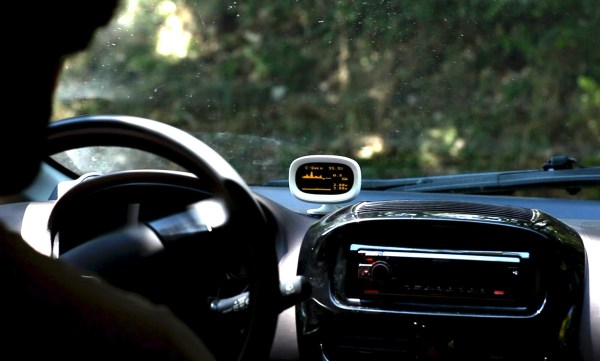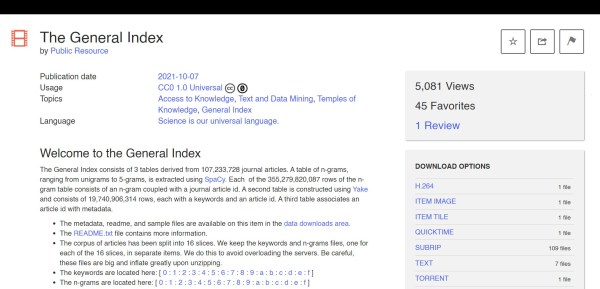The widespread adoption of the CAN bus (and OBD-II) in automobiles was largely a way of standardizing the maintenance of increasingly complicated engines and their needs to meet modern emissions standards. While that might sound a little dry on the surface, the existence and standardization of this communications bus in essentially all passenger vehicles for three decades has led to some interesting side effects, like it’s usage in this project to display some extra information about an electric car’s battery.
There’s not a ton of information about it, but it’s a great proof-of-concept of some of the things CAN opens up in vehicles. The build is based on a Citroën C-Zero (which is essentially just a re-badged Mitsubishi i-MiEV) and uses the information on the CAN bus to display specific information about the state of charge of the battery that isn’t otherwise shown on the car’s displays. It also includes a build of a new secondary display specifically for this purpose, and the build is sleek enough that it looks like a standard part of the car.
While there are certainly other (perhaps simpler) ways of interfacing with a CAN bus, this one uses off-the-shelf electronics like Arduino-compatible microcontrollers, is permanently installed, and has a custom case that we really like. If you’re just starting to sniff around your own vehicle’s CAN bus, there are some excellent tools available to check out.
Thanks to [James] for the tip!














